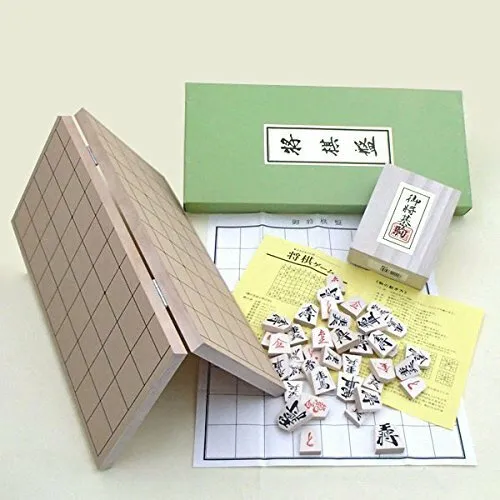Judkins shogi (1998)
Judkins Shogi
Judkins shogi is a modern variant of shogi (Japanese chess) that was invented by Paul Judkins of Norwich, UK, prior to April 1998. It is played on a 6×6 board with a total of 36 squares, and each player has a set of 7 wedge-shaped pieces. The game is popular and significant because it is a modern adaptation of the traditional Japanese chess game, shogi, which has a rich history dating back to the 6th century.
Game Components of Judkins shogi
– 1 King
– 1 Rook
– 1 Bishop
– 1 Gold General
– 1 Silver General
– 1 Knight
– 1 Pawn
How To Setup Judkins shogi
The game starts with each player having their pieces arranged on the first two rows of their side of the board. The specific setup includes:
Gameplay Mechanics and Game Objective
Player Experience
Judkins shogi offers a compact and strategic experience, blending the complexity of shogi with the simplicity of a smaller board. Players must balance piece development, capturing, and dropping pieces strategically to outmaneuver their opponent.
Pros
Cons
Personal Thoughts on Judkins shogi
Judkins shogi is perfect for those who enjoy strategic board games but prefer a more compact and accessible version. It is ideal for fans of chess and shogi looking to try something new and challenging, yet easy to learn and play in a shorter amount of time. This game is particularly suited for casual players who want to delve into the world of shogi without committing to the larger and more complex traditional versions.
We are supported by our audience. When you purchase through links on our site, we may earn an affiliate commission, at no extra cost for you. Learn more.

